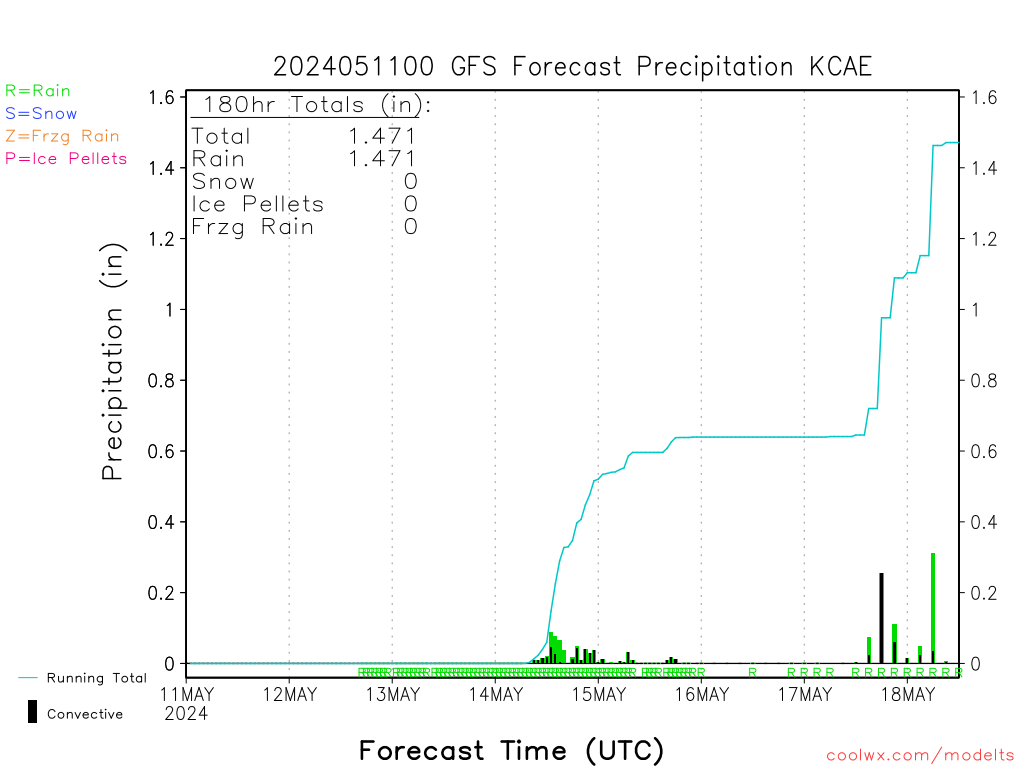Here's my 2 cents on what I'm seeing atm w/ this potential overrunning event next week.
The difference between a storm and no storm late next week imo relies almost entirely on the orientation of the longwave trough centered over the Lakes - midwest - & into the south-central Rockies & Great Basin, not on whether we get the s/w out of the SW US to emerge from the Rockies, there's actually more than one way we can produce the solution we want here.
The reason we've lost the storm on the Euro is because this longwave trough has become increasingly positively tilted (from SW-NE to basically W-E) and the flow underneath it over the SE US has thus veered from the WSW in earlier runs to W-WNW in later suites. The reason for that has everything to do with the wave over the southwestern US lagging further behind and failing to pump the heights over the SE US and create W-WSWly mid level flow. Even if this wave continues to trend unfavorably, the other way we can get back to the snowier solutions on earlier runs and pump the heights in the SE US is if this northern stream wave over WI, MI, IA, & MN slows down and/or digs further west (say towards western IA, Nebraska, or the Dakotas instead). I think these desired changes are very doable inside day 5-6 and I wouldn't be shocked if our storm "came back" on the Euro/EPS in later runs.

When you compare the Euro & GFS 500mb vort around day 5, it's easy to see why one has a storm while the other doesn't.
Euro is much faster (& thus further SE) with the northern stream wave whereas the GFS slows it down & is less progressive for once (surprisingly). The GFS thus allows the heights to rise more over the SE US & therefore pushes the eventual sheared, overrunning wave further NW, bringing snow to parts of the deep south.
Even if you took both of these modeled patterns at face value, I'd still expect precipitation associated w/ said wave to be a bit stronger & further north than modeled due to aforementioned model biases wrt low-mid level warm advection. Stronger warm advection not only = stronger warm noses as we see time & time again, but if it's one of the primary forcing mechanisms (along w/ differential CVA) that's driving precipitation as it often is during overrunning events, this also means said precipitation will be more expansive in coverage and intense than forecast. Hence, I'm pretty skeptical of the suppressed solutions atm being offered by the ECMWF.
In any case, given the aforementioned discussion, it should be pretty obvious what trends we need to see the next few days to give much of the board a nice overrunning event:
Our longwave trough needs to be less positively tilted & the adjacent SE US ridge has to be stronger. Therefore, the evolution of
both the northern & southern stream waves will be key here.
























